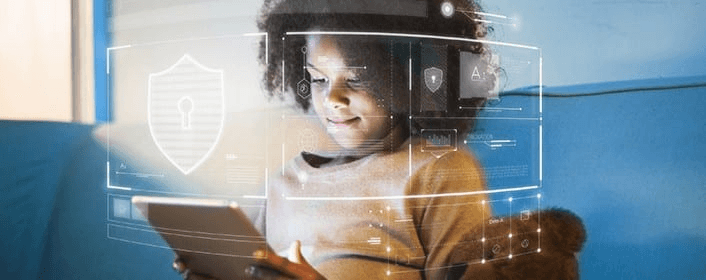As devices proliferate across your district, protecting your community’s safety is becoming a more-than-full-time job—particularly when students so often use those devices off-campus. More alarming still, students are facing a mental health crisis, resulting in more incidents of self-harm and of harm to others. Rates of suicide have nearly doubled over the past decade, resulting in more than 3,000 attempts by American K-12 students each day. More than a fifth of students report being bullied every year.
With so many threats on the rise, you need to do everything you can to secure student safety, and that means taking a holistic approach to your district’s student safety software. Rather than treating each threat as a discrete problem to be solved by a single solution, forward-thinking school districts are using integrated web filters and online threat detection systems to ensure their students are safe online and offline for comprehensive protection. If you fail to integrate your solutions, you run the risk of blind spots and missing the crucial moments when effective, harm-preventing intervention is possible.
To help you take a better approach to student safety—an approach that saves you time, keeps students safe, and empowers your district—we’ve prepared this guide of 3 simple steps to take to safeguard your community’s wellbeing.
Step 1: Secure filtering coverage on all devices and operating systems, even off-campus
You know you need a filtering solution to become CIPA-compliant, but don’t settle for mere compliance: deploy a filter that protects your community without disrupting the learning process.
When selecting a web filter, you need to make sure your filter protects your students no matter where they use their devices and no matter which operating systems they use. Some filters are only effective on campus and on certain operating systems, which leaves students vulnerable to malicious content.
Further, it’s critical that you pick one that’s easy to customize and will block only the targeted content, not critical learning materials. To get such an empowering solution, make sure yours employs all four key components of accurate consistent protection: a deep database for effective filtering, always-on web crawling, advanced machine learning, and in-house data scientists.
Step 2: Integrate an early warning system with your filter
An effective content filter is necessary but can’t by itself offer comprehensive protection. So, to keep your students safe, deploy an alert system that detects imminent threats to student safety—and empowers districts to intervene before harm occurs.
To offer effective protection, you need a comprehensive picture of your students’ online activity—no matter where they go online. That means you need an AI-powered safety alert solution that flags alarming behavior in Google searches, posts on social media, and activity on any device or operating system. Because when it comes to student activity online, what you don’t know really can hurt you and those you care for.
Better still, choose an alert system that integrates seamlessly with your filtering solution. Because when these solutions work together, they’re more easily managed, and districts gain the context they need with each alert to effectively intervene when appropriate. With these capabilities, schools transform web filtering from compliance to action.
Step 3: Leverage the expertise of safety specialist
AI-powered alert isn’t enough on its own, no matter how good the artificial intelligence. You also need expert safety specialists to review the context of each alert—and, when harm is imminent, to immediately notify district and emergency personnel to ensure students are helped before harm occurs.
The benefits of expert review accrue to your whole community. Students are more likely to get the help they need before harm occurs, which keeps them safe and brings peace of mind to those who care for them. Thanks to outside review, your IT, student services, or safety team will no longer have to spend so much of its time and limited resources reviewing alert themselves. Instead, they will be freed to focus on other ways of promoting safe and effective education.
Integrated filtering and alerting: a safer community without wasted time and effort.
See how Lightspeed Filter and Lightspeed Alert work together seamlessly for a comprehensive safety strategy that’s keeping students safe nationwide.

